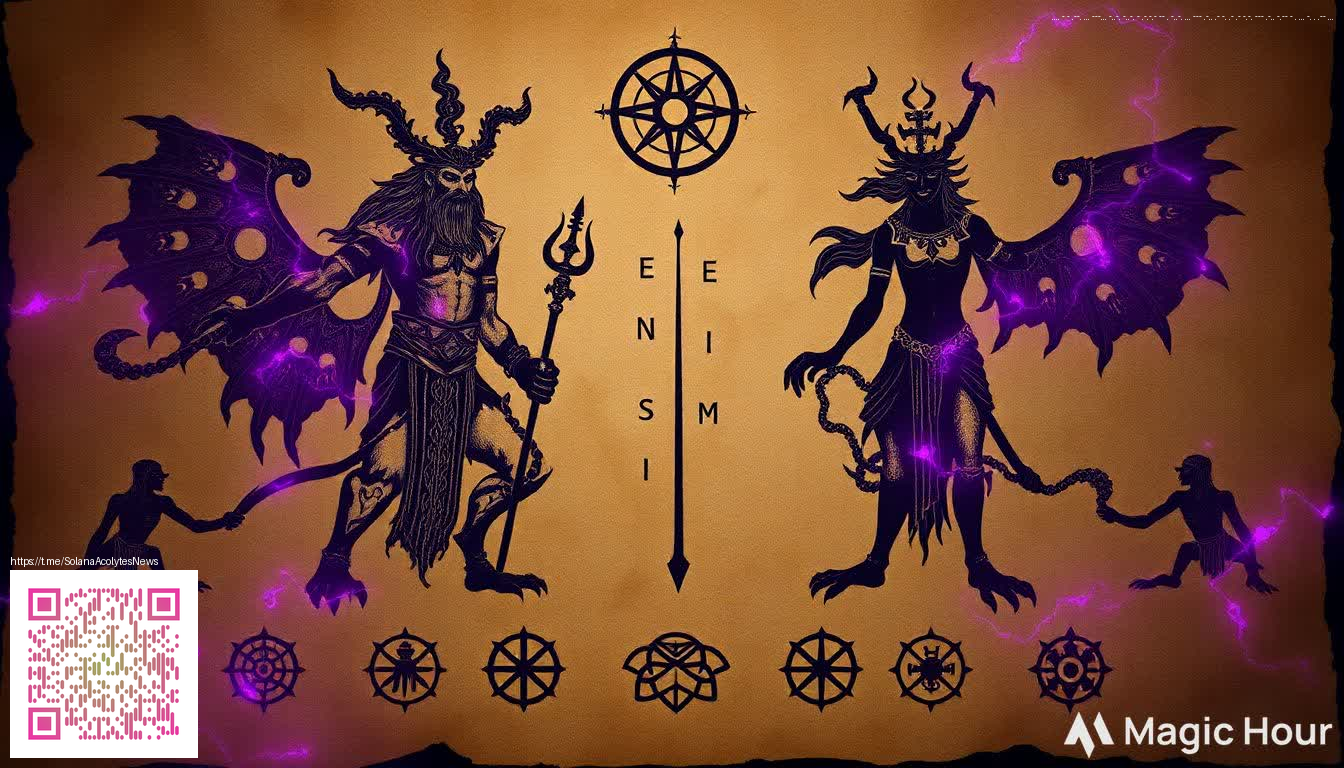
Digital Paper and Tumbler Wraps: A Practical Guide
Digital paper has transformed the way crafters approach tumbler wraps, turning complex textures and cohesive color schemes into readily printable, repeatable designs. When you embrace digital paper, you’re not limited to static, one-off motifs—you're building a library of patterns, palettes, and textures that can be mixed, matched, and scaled to fit a wide range of tumbler sizes. The result is a package that feels custom-made, yet remains efficient to produce in bulk for small businesses or hobbyists alike.
Understanding the value of digital paper for wraps
At its core, digital paper is a collection of high-resolution patterns designed for printing onto various substrates. For tumbler wraps, seamless patterns and high-contrast textures translate into eye-catching looks when wrapped around a cylindrical surface. The beauty lies in the repeatability: you can create a series with a consistent mood—say, a celestial theme with metallic accents or a botanical motif with watercolor wash—without starting from scratch each time. This consistency also helps in branding, enabling you to reference a distinct visual language across products, social media, and packaging.
“Digital paper unlocks a balance between artistry and efficiency. It lets you plan a wrap series, test color combinations, and scale designs for different tumbler volumes without sacrificing quality.”
To get started, curate a few core digital paper packs that resonate with your niche. Think about color theory, printability on adhesive vinyl, and how your chosen patterns will read from a distance when wrapped around a 20-ounce or 30-ounce tumbler. If you’re exploring durability options or protecting your designs during daily use, you might also investigate materials that pair well with digital prints, similar to how various protective elements are showcased in related product ecosystems you’ll find on marketplaces like this Shockproof Phone Case product page. The same principles apply: strength, print fidelity, and user experience matter across product categories.
Design tips for tumbler wraps you’ll love
- Resolution and bleed: Design at 300 DPI with an extra bleed area (usually 0.125 inches) to account for alignment and edge-to-edge printing.
- Color management: Work in a wide-gamut RGB workflow for on-screen accuracy, then convert with care for the printer’s color profile to keep skin tones and brights from washing out.
- Layout considerations: Create a wrap that aligns key motifs along the seam. Include safe zones for logos or text so nothing important gets lost during application.
- Texture and pattern scale: Balance large motifs with subtle textures to avoid overwhelming the viewer when the tumbler is in hand. Test a few scales on mockups before committing to a run.
- Material compatibility: If you plan to apply digital prints to vinyl or polymer wraps, ensure your media accepts clear laminates or sealants for longevity and resistance to liquids.
From design to finished wrap: a simple workflow
- Choose your digital paper packs and assemble a cohesive palette. Maintain a consistent theme across patterns to create a narrative for your line.
- Prepare artwork with the correct dielines, including seam allowances and bleed. Save in a print-ready format (PDF or TIFF) with embedded profiles where possible.
- Print a test sheet to verify color and alignment. Use a representative tumbler mockup to check seam matching and readability of any text.
- Laminate or seal the print if your chosen substrate calls for extra protection. Cut to size with precise trimming to reduce misalignment during application.
- Apply the wrap with care, smoothing out bubbles and ensuring the seam sits flush. A gentle heat gun can help the vinyl settle without lifting edges.
For designers who want to peek at practical product variants and protective features, the ecosystem around durable materials often serves as a helpful reference. While this article centers on digital papers for tumblers, you can explore related durability concepts in other product spaces, such as a robust shockproof case—an example of how material choices affect end-user experience. If you’re curious, you can learn more on the product page mentioned above.
Inspiration and next steps
As you build your digital paper library, consider creating seasonal or thematic bundles. Pair floral textures with bold geometric overlays for spring releases, or combine metallic accents with deep, moody backgrounds for autumn collections. The key is to maintain a flexible design system: patterns that play well together, easy-to-recolor options, and scalable artwork that performs across different tumbler sizes and printing methods.